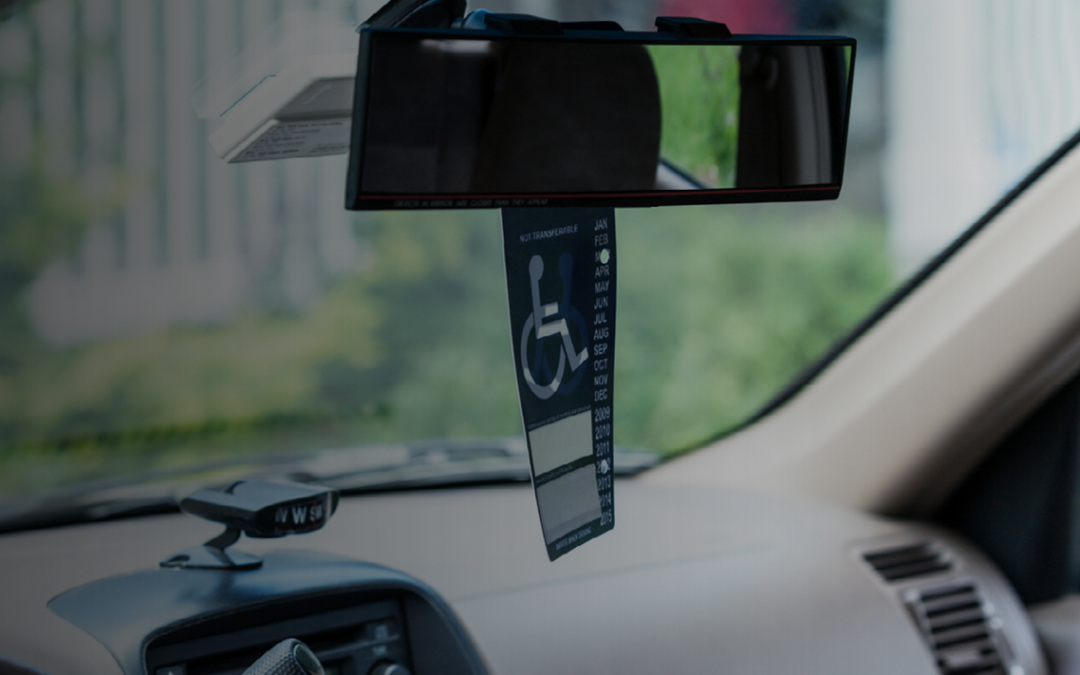Force-on-Force Training in Law Enforcement
Gordon Graham
Category: Law Enforcement
Gordon Graham here with Today’s Tip from Lexipol. Today’s Tip is for my friends in law enforcement. And I want to talk to you about the benefits of force-on-force scenario training.
Force-on-force training uses role players and specialized equipment to engage learners in realistic scenarios. This type of training is proven to elicit the kind of fear and stress officers might encounter in real-world situations. It often involves the use of specially designed firearms or computer simulations. The training can also incorporate empty hand techniques, padded suits, and other training control devices, such as inert OC spray and padded impact weapons.
Properly designed and safely executed force-on-force training helps learners prioritize their actions during stressful encounters.
There are obvious benefits to helping learners practice decision-making under stress while adapting to rapidly changing environments. But force-on-force training has additional benefits you might not have thought of.
First, properly designed and safely executed force-on-force training helps learners prioritize their actions during stressful encounters. We might think about drawing our firearm and engaging a suspect at the first sight of a gun. But our initial reaction should involve moving to cover. And friends, those marker rounds coming your way can help motivate you in that direction! Remember, not getting shot is just as, if not more, important than shooting at the threat.
Next, the training exposes learners to a living person. That role-playing opponent will likely give off signals, such as pre-assault indicators, that foreshadow what they’re about to do. Learners who pay attention to these behaviors in training are more likely to recognize and respond to them in the real world.
Finally, after-action reviews are critical. We usually don’t get to solicit feedback on our tactics and performance from suspects in the real world. So, hearing what our role-playing opponents say about what we did, right and wrong, is invaluable.
So, consider designing force-on-force scenarios that conform to your agency’s training plan. They’re an effective way to help officers improve their performance and boost their confidence in stressful use of force situations.
And that’s Today’s Tip from Lexipol. Until next time, Gordon Graham, signing off.





